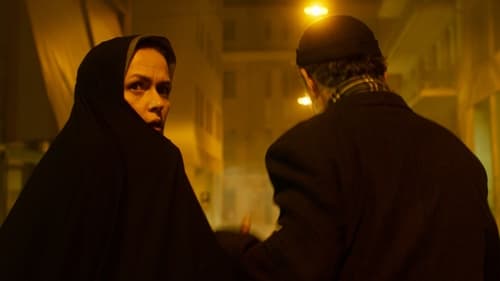
Farrokh
아테네에서 유학 중인 아들 바박을 만나러 그리스에 온 파리와 파룩 부부는 공항에 아들이 마중 나오지않자 그가 머물던 아파트로 찾아가지만, 아들이 사라졌다는 사실을 알게 된다. 오랫동안 순종적인 아내로 살아왔던 파리는 낯선 도시에서 아들을 찾기 위해 필사적으로 위험한 뒷골목을 누비며 오랫동안 억눌러 왔던 낯선 자신의 모습을 발견한다.

The film relates the story of a surgeon (Doctor Pārsā) who returns to Iran after living in Germany for 33 years. Arriving in Tehran, Doctor Pārsā performs a heart operation on the nephew of the family friend Mr Ghanāti. Mr Ghanāti urges him to travel with him to his home town, Bam. On the trip, they drive past the rubble and destruction and Pārsā remembers back to his childhood.[citation needed]

Screenplay
Shot with striking immediacy by a subjective camera, “Angst isst Seele auf” assumes the point of view of a black actor in Germany dealing with racist abuse as he prepares to appear in a play based on Fassbinder’s film, about the taboo relationship between an older German woman and an Arab man. Sharing the same lead actress (Brigitte Mira), cinematographer (Jürgen Jürges), and editor (Thea Eymèsz) as in Rainer Werner Fassbinder’s 1974 Film “Angst essen Seele auf”, these twin works offer a searing indictment of prejudice within German society.

Director
Shot with striking immediacy by a subjective camera, “Angst isst Seele auf” assumes the point of view of a black actor in Germany dealing with racist abuse as he prepares to appear in a play based on Fassbinder’s film, about the taboo relationship between an older German woman and an Arab man. Sharing the same lead actress (Brigitte Mira), cinematographer (Jürgen Jürges), and editor (Thea Eymèsz) as in Rainer Werner Fassbinder’s 1974 Film “Angst essen Seele auf”, these twin works offer a searing indictment of prejudice within German society.



